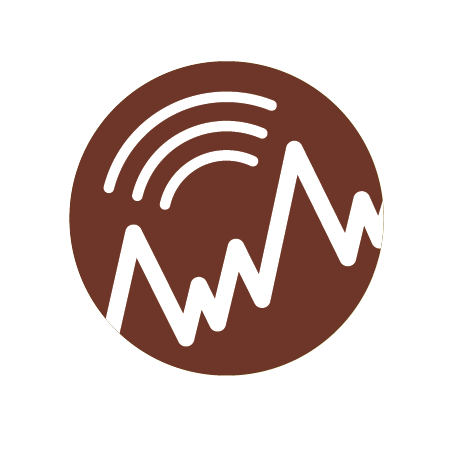About the Group
Public Description
The goal of the Seismic Cycles Working Group is to organize the community in developing open source computational models to better understand the dynamics of earthquake sequences, swarms, and aseismic slip.
Committee Members
- Lead: Sylvain Barbot, University of Southern California
- Kali Allison, University of California Davis
- Luca Dal Zilio, ETH Zurich
- Alice Gabriel, University of California San Diego, LMU Munich
- David May, University of California San Diego
- Pierre Romanet, NIED Japan
- Paul Segall, Stanford University
- Lorraine Hwang, University of California Davis ex officio
Fault Mechanics Webinar Series
Sylvain Barbot, University of Southern California
Ahmed Elbanna, University of Illinois Urbana-Champaign
Melodie French, Rice University
Lorraine Hwang, UC Davis
Hiroko Kitajima, Texas A&M University
Caroline Seyler, University of Southern California

